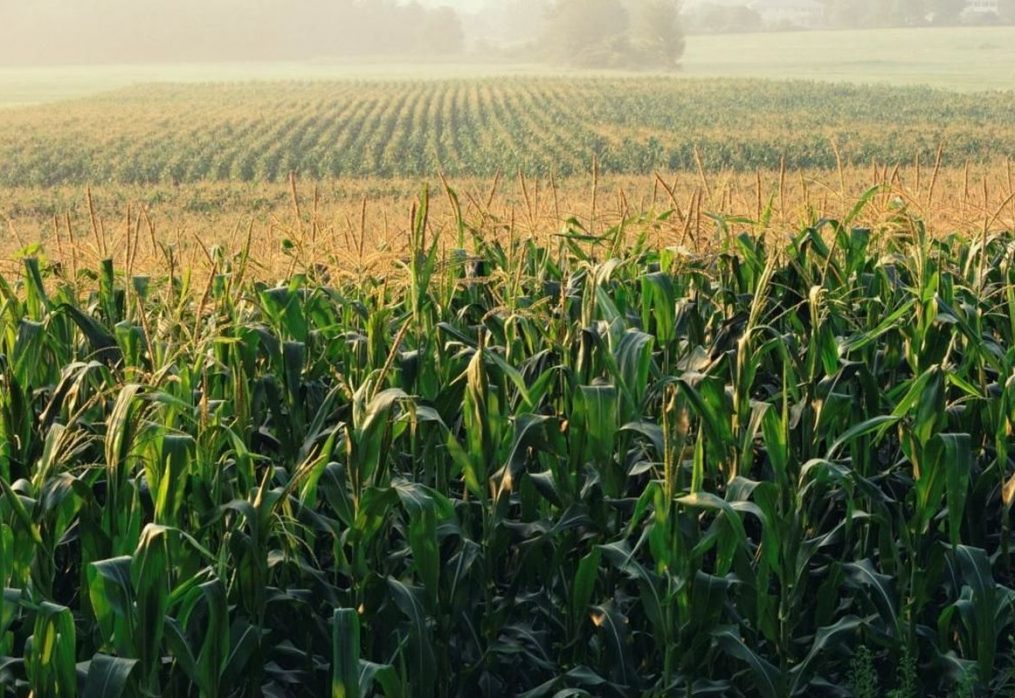Brazil expects high yield of grains
High yield of grains in Brazil can be expected this season
The Brazilian Ministry of Agriculture predicts a high yield of grains in the current season. The increase in production primarily concerns corn and soybeans. And the government expects a good performance, despite the delayed planting campaign and problems with the harvest last year.
The country experienced a prolonged drought in 2020, which delayed the planting of soybeans. In turn, January was extremely rainy, making harvesting difficult. This also affected the delivery time of products by trading companies, which reduced the attractiveness of Brazil as a reliable exporter.
The country’s agriculture minister said analysts forecasted a soybean crop of about 133 million tons this season and corn could be harvested to 103 million tons.
As for the 2020/2021 marketing year soybean crop, by early February it had been harvested from only about 2% of the crop. By comparison, in 2019/2020, 9 acres had already been harvested by this time. This rate is the lowest in 10 years.
In order to harvest a second crop, corn is planted after soybeans, and this is the option that takes the largest share of the crop’s total production. However, disruption in the timing of planting and harvesting of soybeans can negatively affect the second corn crop, affecting its quality.

The slow pace of soybean harvesting was the reason why farmers could not export to the world market 8 million tons, which had been planned earlier.
By March the situation had stabilized, but traders have not yet managed to reach the maximum of 14 million tons.
During the first 10 days of the current year Brazil exported 1.2 million tons of corn. This dynamic exceeds the rate of the last season. From February 2020 to January 2021 more than 34.5 million tons of corn were sold to other countries.
Brazil ranks second in corn exports. The country’s record high was shipments of 41.1 million tons in 2018/2019. Next season, exports fell slightly due to limited stocks and increased demand in the domestic market.
It should be noted that Brazil has traditionally seen a small supply of soybeans between January and June, but once the harvest season begins, freight and logistics activity increases.
Probable reduction of corn supplies from Brazil may play into the hands of the U.S., which will increase exports of the crop, expanding its position in the global grain market.
